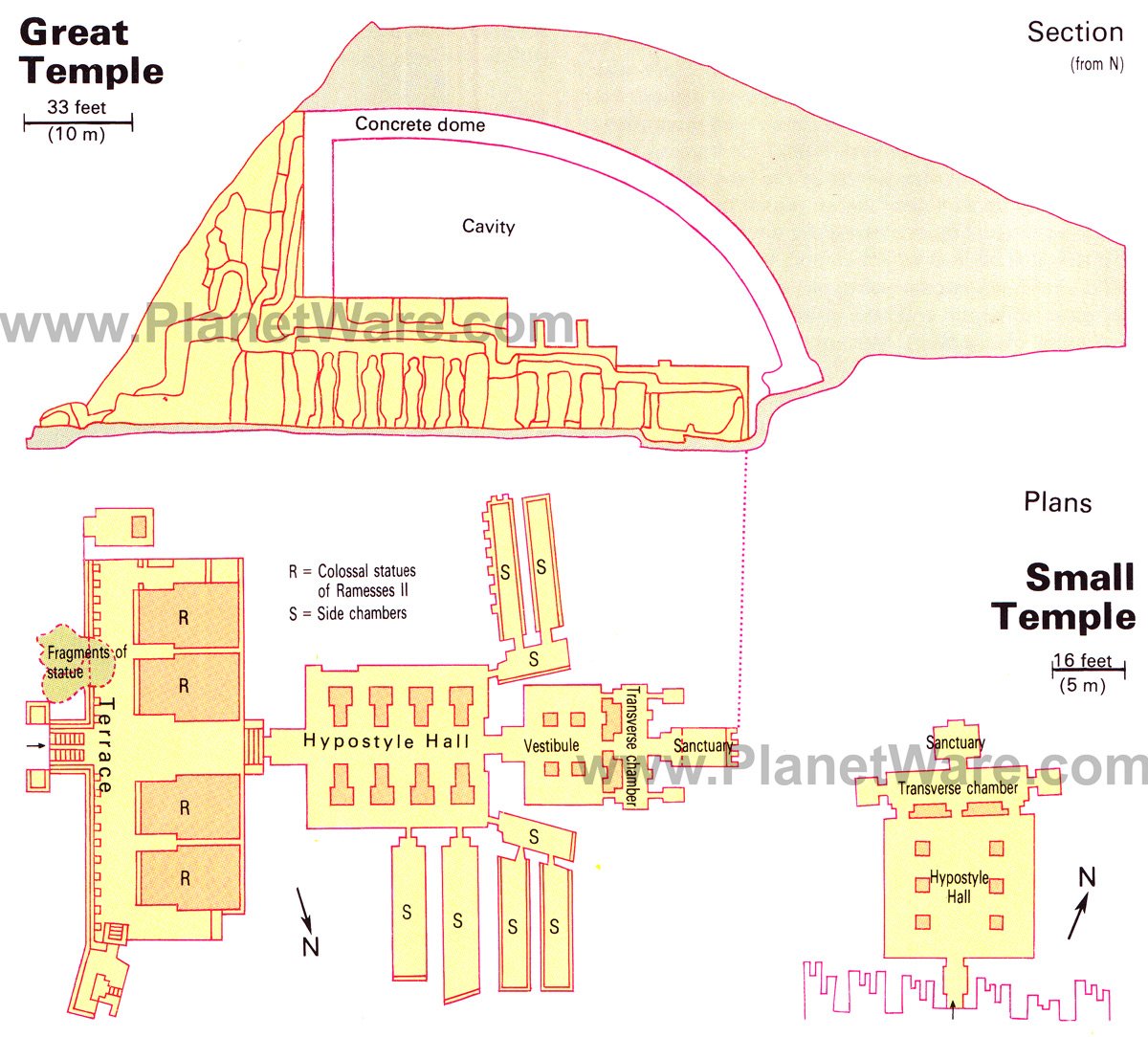The Temples of Abu Simbel recall the era of Ramses II and can truly be considered one of the wonders of the ancient world. Constructed in Egypt by the pharaoh and his wife Nefertiti in 1250 BCE, they were literally carved out of the sandstone cliffs, much like the Ancient City of Petra.

This incredible archaeological treasure is Ramses II’s tribute to the sun god Ra. The colossal statues of the pharaoh depict him upon his throne wearing his double crown of Upper and Lower Egypt and sporting a royal beard. Incredibly, these marvelous temples were the source of an international controversy in the 1970s.

In 1956, the Egyptian government decided to build a dam on the Nile River in order to control the rising levels of the great waterway that is the nation’s life blood. The dam would help cultivate the surrounding arid land and generate electricity. It also meant that the ancient temples situated along the river would be flooded by a giant lake approximately 310 miles in length.

Although many of the temples could be dismantled and transported without difficulty, the two at Abu Simbel were partly built into the sandstone cliffs, making a viable displacement plan almost impossible without destroying them.


Scaffolding and cranes were used to build a mound of concrete with identical proportions to those of the sandstone containing the temples. The sculpted rock was then cut and then each stone was carefully numbered in order to ensure accurate reconstruction.

It took a total of just eight years of hard work to save the Abu Simbel temples from the rising waters. This goal was achieved in the nick of time just before the opening of the dam. Ironically the project was considered equal in difficulty to their original construction.
More Images







0 comments:
Post a Comment